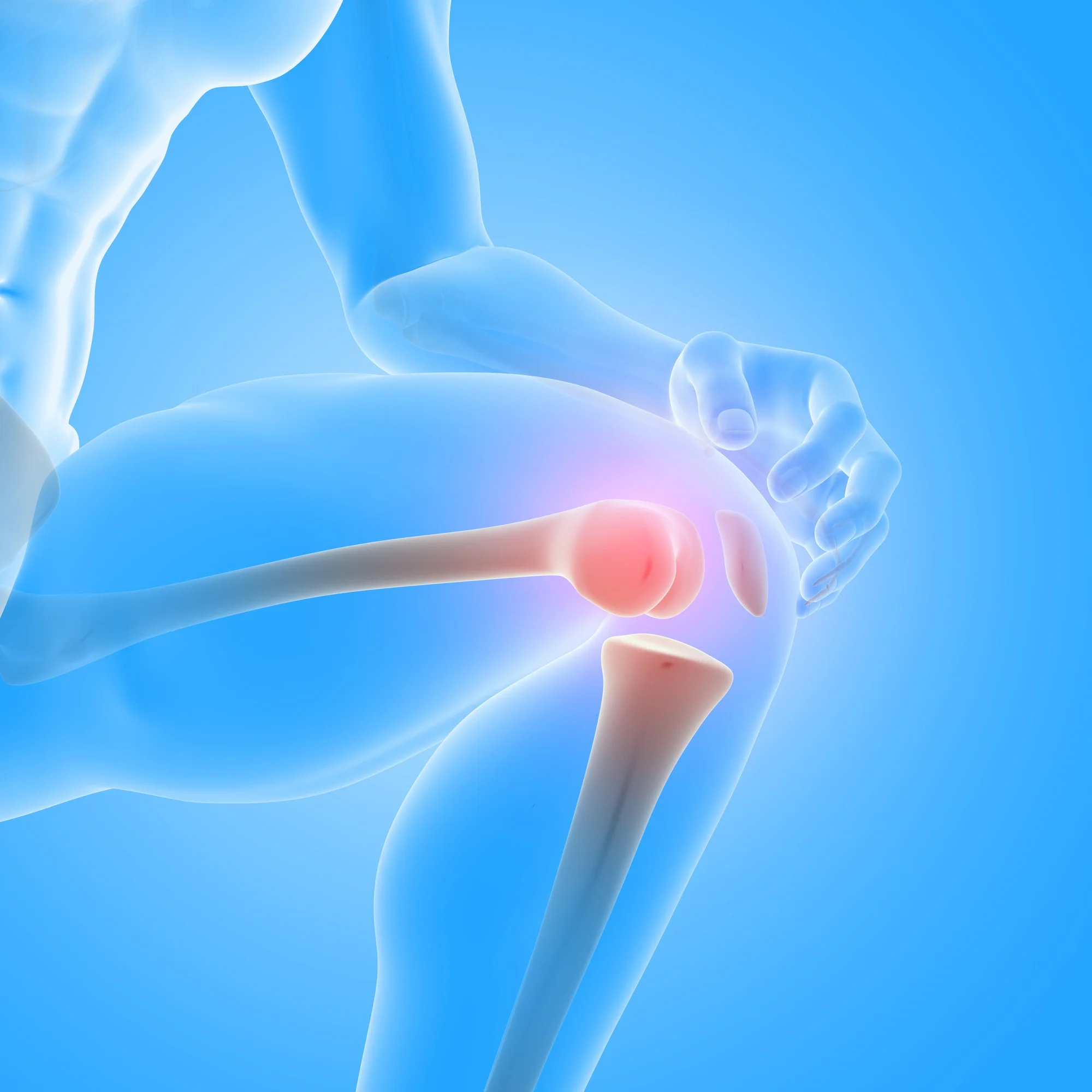Recent discoveries in the domain of tissue engineering have ushered in new hope for patients suffering from cartilage-related injuries and diseases. A landmark study by Sandra S. Camarero-Espinosa, Justin J. Cooper-White, and their team at the University of Queensland’s Australian Institute for Bioengineering and Nanotechnology (AIBN) has provided crucial insights into the directed differentiation of human mesenchymal stem cells (hMSCs) towards specific articular chondrogenic phenotypes. This research paves the way for the development of advanced treatments for conditions such as osteoarthritis, where patients have traditionally faced limited options due to the complexity and poor regenerative capacity of articular cartilage.
Human articular cartilage is a sophisticated multi-zonal tissue. Within these zones, chondrocytes—the specialized cells responsible for maintaining healthy cartilage—exhibit three distinct phenotypes: persistent, transient, and hypertrophic. Each phenotype is associated with a unique combination of extracellular matrix (ECM) molecules that provide structural and biochemical support. The study’s DOI is 10.1016/j.biomaterials.2019.04.003, marking its place in the scientific repository.
The research team undertook the task of systematically evaluating different mixtures of peptide sequences inspired by the ECM and cell adhesion molecules (CAMs) found within cartilage and bone tissue. By experimenting with various concentrations and ratios of these peptides, the researchers assessed their capacity to influence hMSC fate. The findings were published in the July 2019 issue of Biomaterials (Volume 210, Pages 105-115) and have become a cornerstone for subsequent advancements in cartilage regeneration.
One of the most innovative aspects of the study is the controlled presentation of specific peptide combinations on polymeric coatings. These coatings are meticulously assembled to display hexagonally-packed nanodomains, a framework that is capable of guiding hMSCs towards the formation of the desired chondrocyte phenotypes.
The researchers used block copolymers to create the biomimetic substrates, which mimic the natural nanoscale patterns of cartilage tissue’s extracellular matrix. This precision in the spatial and compositional control of biochemical cues is crucial for the specification of hMSCs into different cellular sub-phenotypes.
The results demonstrated that by manipulating the extracellular environment through nanotechnology, it’s possible to direct hMSCs to adopt chondrocyte phenotypes that are essential for the repair and regeneration of multi-zonal cartilage tissue. Notably, this approach can potentially alleviate the need for full joint replacement surgeries by providing another option for repairing damaged cartilage.
The importance of these findings extends beyond the laboratory. For patients and clinicians, it signifies a paradigm shift in treating joint disorders. The implications for regenerative medicine, in general, are far-reaching, with the promise of developing new scaffolds that can effectively mend damaged cartilage without resorting to invasive procedures.
References
1. Camarero-Espinosa, S. S., & Cooper-White, J. J. (2019). Combinatorial presentation of cartilage-inspired peptides on nanopatterned surfaces enables directed differentiation of human mesenchymal stem cells towards distinct articular chondrogenic phenotypes. Biomaterials, 210, 105-115. doi:10.1016/j.biomaterials.2019.04.003
2. Sophia Fox, A. J., Bedi, A., & Rodeo, S. A. (2009). The basic science of articular cartilage: structure, composition, and function. Sports Health, 1(6), 461-468. doi:10.1177/1941738109350438
3. Hynes, R. O. (2009). The extracellular matrix: not just pretty fibrils. Science, 326(5957), 1216-1219. doi:10.1126/science.1176009
4. Huey, D. J., Hu, J. C., & Athanasiou, K. A. (2012). Unlike bone, cartilage regeneration remains elusive. Science, 338(6109), 917-921. doi:10.1126/science.1222454
5. Lutolf, M. P., & Hubbell, J. A. (2005). Synthetic biomaterials as instructive extracellular microenvironments for morphogenesis in tissue engineering. Nature Biotechnology, 23(1), 47-55. doi:10.1038/nbt1055
Keywords
1. Cartilage Regeneration
2. Stem Cell Differentiation
3. Nanopatterned Biomaterials
4. Chondrogenesis
5. Tissue Engineering
The exploration of nanotechnologies for cell differentiation presents a profound leap forward in modern medicine. The prospect of seamlessly guiding stem cells towards the restoration of complex tissues, such as the zonal organization seen in articular cartilage, offers optimism for millions affected by degenerative joint diseases. The ongoing dedication of researchers to this discipline is a testament to the innovative spirit at the frontier of regenerative therapeutics.
